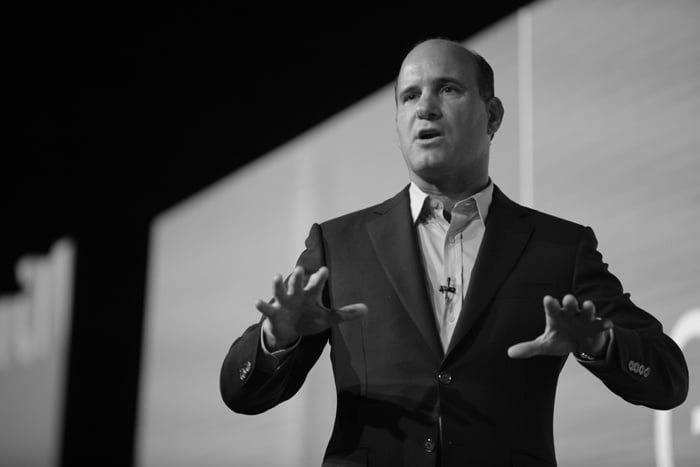While government funding remains constrained, it is clear that work, including innovative funding models, is necessary to aid the flow of private money into public projects.
A pivotal moment for infrastructure
The industry must play a vital economic and societal role in supporting technological progress and shaping the communities of tomorrow. Our respondents share a willingness to embrace challenges and to develop fresh approaches to longstanding problems — and this must be done sooner rather than later.
Poor project and program management is also a major concern. A logical inference is that the industry needs to run major infrastructure projects very differently.
In addition to developing new ways of running projects, workforce skills are also clearly a concern.
Building the resilient future
It is easy to get excited about the future. When considering transportation, for example, we all like to imagine a world of autonomous cars, digital railways that anticipate and help improve reliability, and Hyperloop links to usher in a whole new way of traveling.
Digital technologies and the Fourth Industrial Revolution are providing many of the tools we use; however, When asked about the likelihood of certain events in the next five years, survey respondents offer a sobering assessment.
As a result, we need to upgrade existing networks and systems, as well as create new ones; embrace innovation in the ways we work and the infrastructure we rely on; and ensure that the infrastructure we create is resilient and future proofed to help withstand the shocks and stresses to come.
Change is coming fast. We must leap ahead to build a better world and make sure no one is left behind.






